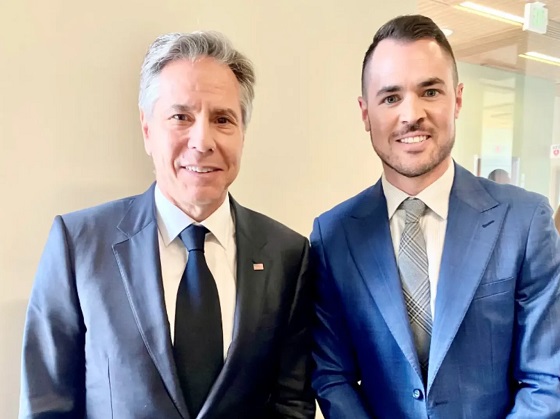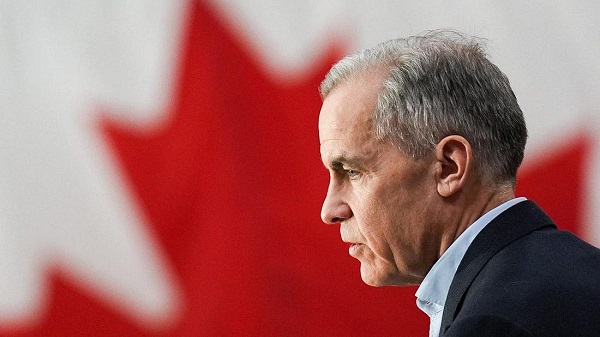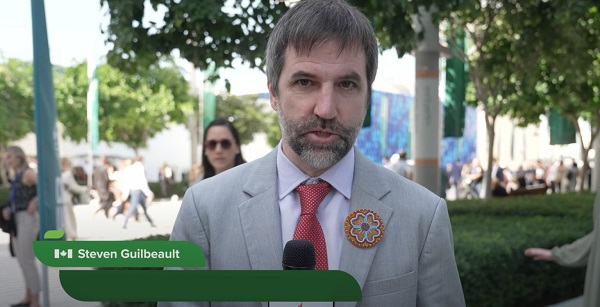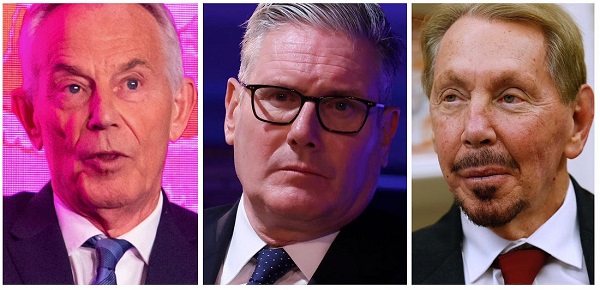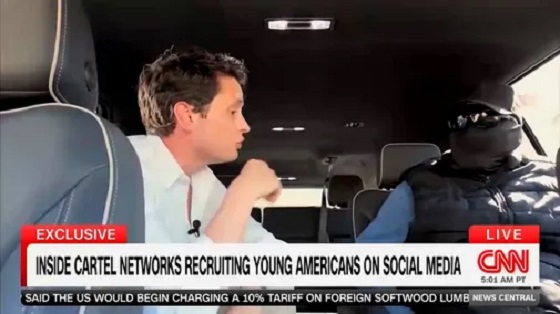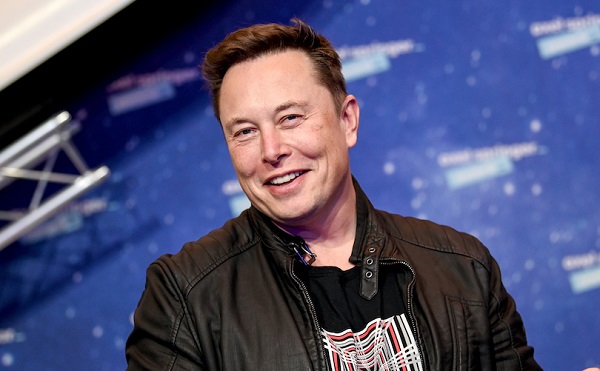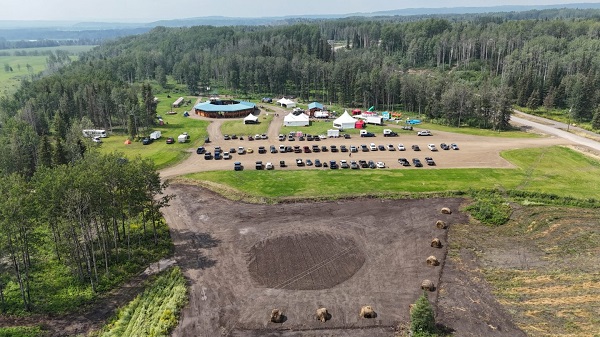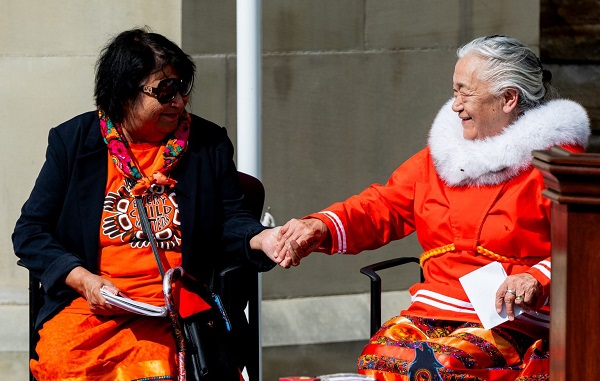British Columbia, and much of the country, is confronting the consequences of an economic model that was never built to last. For years, we have been told a comforting story about growth — that as long as cranes dot the skyline and property values climb, prosperity will follow. But beneath that veneer lies a stark truth: our economy is not driven by value-added manufacturing, groundbreaking technology, innovation, or by unlocking our vast natural resource potential. It is built almost entirely on real estate and relentless population growth driven by mass immigration. And it relies on the building and selling of homes to the next wave of newcomers.
This is not diversification. This is dependency. And like all dependencies, it eventually demands a price.
In the not-too-distant past, B.C.’s prosperity came from sectors that created enduring value: forestry and mining that supplied the world; fisheries that sustained communities; manufacturing that turned raw materials into products; and, in more recent years, tech companies that could compete globally.
Today, those industries are shadows of their former selves in our economic mix — thanks, in part, to the strangulation of over-regulation and inordinately lengthy approval processes easily weaponized by those ideologically opposed to resource extraction. Their demise is not a naturally occurring phenomenon — and it is reversible — but it reflects the agenda and decisions of policymakers. In their place, real estate has become the dominant force, representing nearly 30 percent of B.C.’s GDP with its ancillary sectors. That’s a hell of a lot of eggs in a single basket, and the province’s balance sheet has become frighteningly tied to this cycle.
As the government oversaw this reorganization of the economy, it sent out the proverbial bat signal that investment capital didn’t belong in business development, but in land. Message received. Billions upon billions poured into bidding up land prices. Among the many consequences of this misallocation of capital are high land values squeezing out industrial employers and gnawing away at industrial land, weakening our capacity to make and export things. Today, industrial land makes up barely 4 percent of Metro Vancouver’s landmass.
This new growth machine runs on people — specifically, the rapid influx of newcomers. In theory, immigration is a tool to strengthen an economy, replenish a workforce, and foster innovation. But in practice, B.C. and Canada have relied on it as the primary fuel for real estate demand. In 2023 alone, Canada added 1.27 million people — the most in 66 years, and almost entirely through immigration. No other G7 country comes close.
The country’s notorious Temporary Foreign Worker Program and unprecedented number of international students have figured prominently in this surge. Programs once intended to fill specific gaps or foster academic exchange have morphed into de facto population pipelines.
It’s all about feeding the beast: bring in more people than the market can comfortably absorb, then build and sell homes to meet the stimulated demand. Rising prices are framed as a sign of economic health, when in reality, they are a sign of scarcity and strain. In B.C., the government has clung to this model by throwing community planning out the window with legislation that overrides local decision-making and forces blanket upzoning without regard for infrastructure capacity or livability.
But all the smoke and mirrors in the world can’t obscure the reality. Hospital emergency rooms close not sporadically, but routinely. More and more students are educated in portables rather than properly resourced schools. Infrastructure — from roads and public transit to sewers and utilities — is under immense strain. It was never designed for the pace of expansion we’ve seen, and the costs of playing catch-up are staggering.
And still the cycle continues — because without that constant flow of new buyers, the whole structure starts to wobble. And wobbling it is.
To call this a Ponzi scheme is not to say it is literally fraudulent in the legal sense. But the comparison is apt: returns for current “investors” depend on recruiting new participants at ever-higher prices. The moment the influx slows, the math stops working.
We’ve seen this movie before. Jurisdictions from Ireland before the 2008 crash, to parts of Spain’s coastal boom towns, to U.S. “Sun Belt” cities in the lead-up to the subprime meltdown — all rode a similar wave. And when it broke, the fallout was severe: construction job losses, collapsing home values, public finances in crisis, and a wave of personal bankruptcies.
In B.C., the warning lights are already flashing. Housing sales have cooled. Developers are shelving projects. Construction employment, once a driver of job growth, is faltering. Debt loads — both personal and governmental — are dangerously high. In the case of the Government of British Columbia, that would be a historic $133 billion. Youth unemployment in the province reached 14.6 percent in July — the highest level since September 2010.
Meanwhile, the sectors that could cushion a downturn — manufacturing, technology, value-added resource development — suffer from the province’s unilateral disarmament.
Let’s be honest: status quo politicians have taken us too far down this road to turn back without consequence. The damage is already being felt — and more is coming. But that doesn’t mean we can stay the course. We must act deliberately, and with purpose, to shift away from an economic model where our primary export is real estate, toward one where we build and produce the goods, technology, and services the world actually needs.
The turnaround won’t be easy, and it won’t be quick. But the longer we wait, the higher the cost of inaction. That means unshackling our resource sectors from endless regulatory gridlock so they can innovate and compete. It means investing in productivity-enhancing infrastructure, research and development, and the skills of our own workforce. And it means having an honest conversation about immigration levels — balancing economic benefits with our capacity to house and integrate new arrivals without fueling a speculative frenzy.
B.C. can either confront these realities now, or wait until the market forces a reckoning upon us. One path allows for a managed, strategic shift toward long-term prosperity. The other leaves us at the mercy of the same “house of cards” economics that has collapsed elsewhere — only this time, we will have no one to blame but ourselves.
Brad West is the Mayor of Port Coquitlam, British Columbia.
